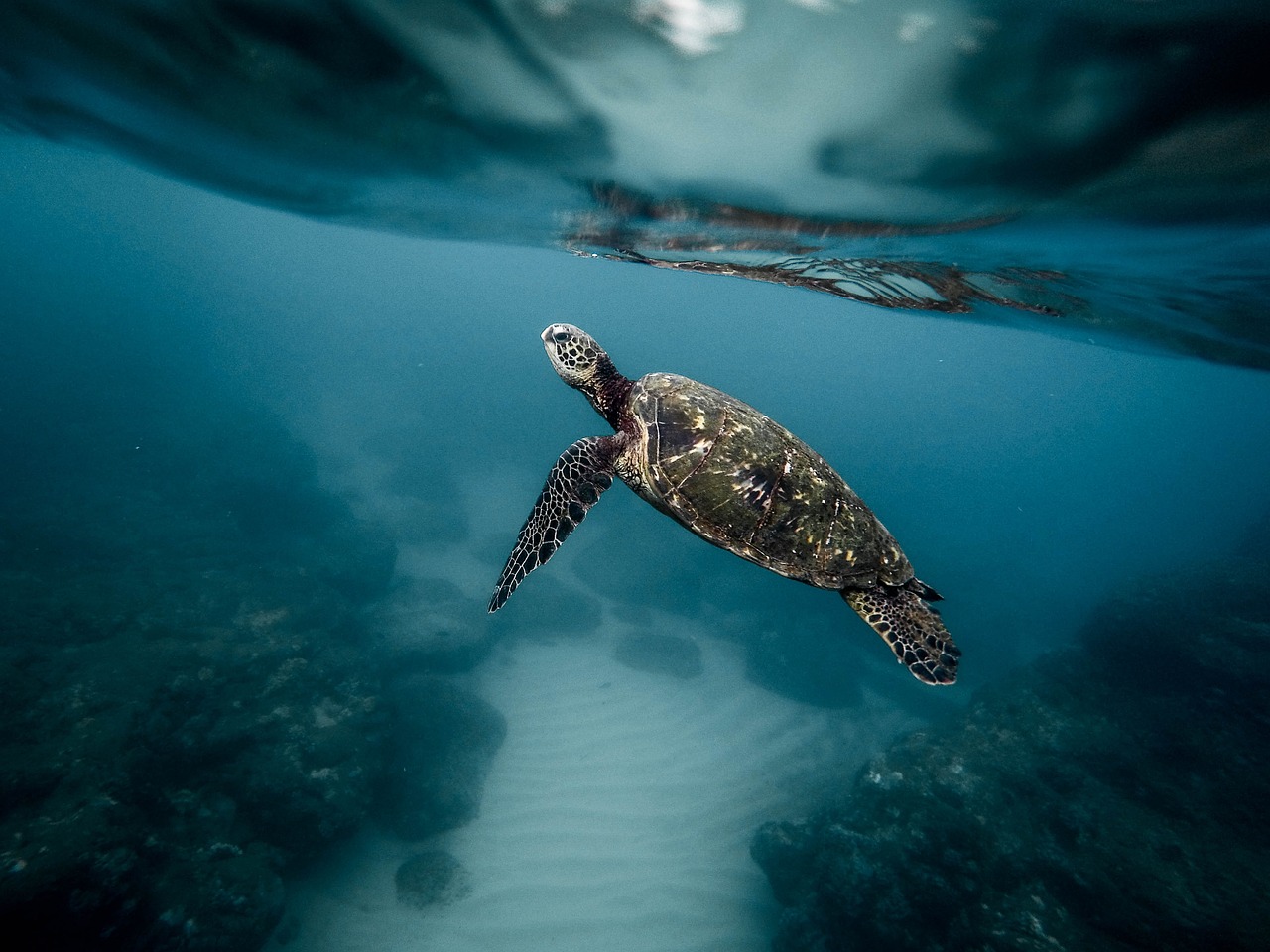So you’re curious about what an alligator snapping turtle looks like? Well, let me paint you a picture. This majestic creature, native to North America, is a sight to behold. With its massive size and prehistoric appearance, it’s hard to miss. Its head is adorned with ridges and sharp, menacing jaws that resemble those of an alligator, hence its name. Its shell is dark brown in color and covered in rough, jagged plates, providing excellent camouflage in its natural habitat. And let’s not forget its long, powerful tail, perfect for propelling itself through the water with great force. All in all, the alligator snapping turtle is truly a fascinating creature that leaves a lasting impression on anyone lucky enough to spot one.
Physical Appearance
The Alligator Snapping Turtle is an impressive reptile known for its large size and unique features.
Size
With an average length ranging from 20 to 26 inches, these turtles can grow to be quite large. The largest recorded specimen weighed an astounding 220 pounds!
Shell
The Alligator Snapping Turtle has a hard and knobby shell, which serves as its natural armor. The shell is dark brown or black and is divided into three distinct sections: the carapace (upper shell), the plastron (lower shell), and the bridge that connects the two.
Head
One of the most recognizable features of the Alligator Snapping Turtle is its large head. Its head is covered in rough, wrinkled skin and is quite massive in proportion to its body size.
Jaws
A defining characteristic of the Alligator Snapping Turtle is its powerful jaws. Equipped with sharp, hooked beaks, these turtles have an incredibly strong bite. Their jaws can exert a force of over 1,000 pounds per square inch, making them one of the strongest biting animals in the world.
Tail
The Alligator Snapping Turtle’s tail is long and thick, serving as a helpful adaptation for swimming. It is covered in rough, bumpy scales and can be used for propulsion, allowing them to maneuver swiftly through the water.
Limbs
With short and stocky limbs, the Alligator Snapping Turtle is not built for speed on land. However, its strong legs and claws aid in capturing prey and digging nests.
Skin
The skin of an Alligator Snapping Turtle is rough and covered in prominent ridges and bumps. This texture helps provide camouflage, blending them in with their surroundings.
Coloration
The coloration of Alligator Snapping Turtles varies, but they typically have a dark brown or black shell, which provides excellent camouflage. Their skin is often dark, with some individuals sporting lighter patterns or patches.
Distinctive Features
One of the most distinctive features of the Alligator Snapping Turtle is the presence of a fleshy, worm-like lure inside its mouth. This lure, located at the end of its tongue, is used to attract prey. Additionally, their rugged shell and powerful jaws set them apart from other turtle species.
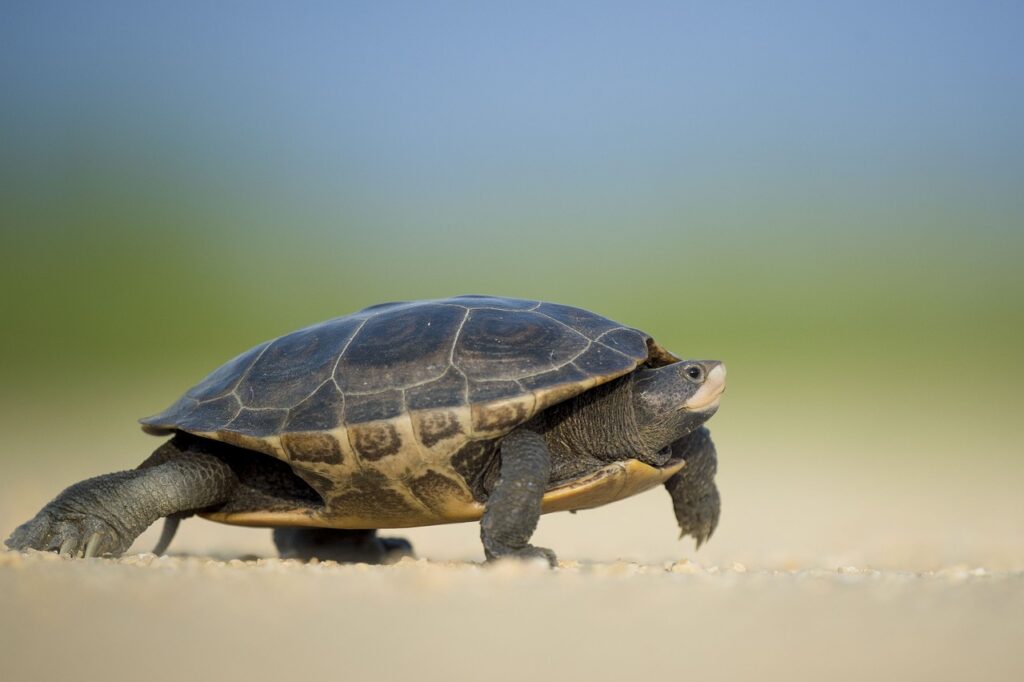
Habitat and Distribution
Freshwater Habitats
Alligator Snapping Turtles are primarily found in freshwater habitats such as rivers, lakes, swamps, and bayous. They prefer slow-moving or stagnant water with plenty of submerged vegetation.
Geographical Range
These fascinating turtles are predominantly found in the southeastern United States. They have a range that extends from Florida to Texas, with populations also present in neighboring states.
Preferred States
While Alligator Snapping Turtles can be found in several states, they tend to have a larger population in states like Louisiana, Mississippi, and Alabama. These areas provide ideal habitats for the species.
Subspecies
There are three recognized subspecies of Alligator Snapping Turtles: the Florida Alligator Snapping Turtle (Macrochelys temminckii temminckii), the Suwannee Alligator Snapping Turtle (Macrochelys temminckii suwanniensis), and the Apalachicola Alligator Snapping Turtle (Macrochelys temminckii apalachicolae). Each subspecies has slight variations in appearance and distribution.
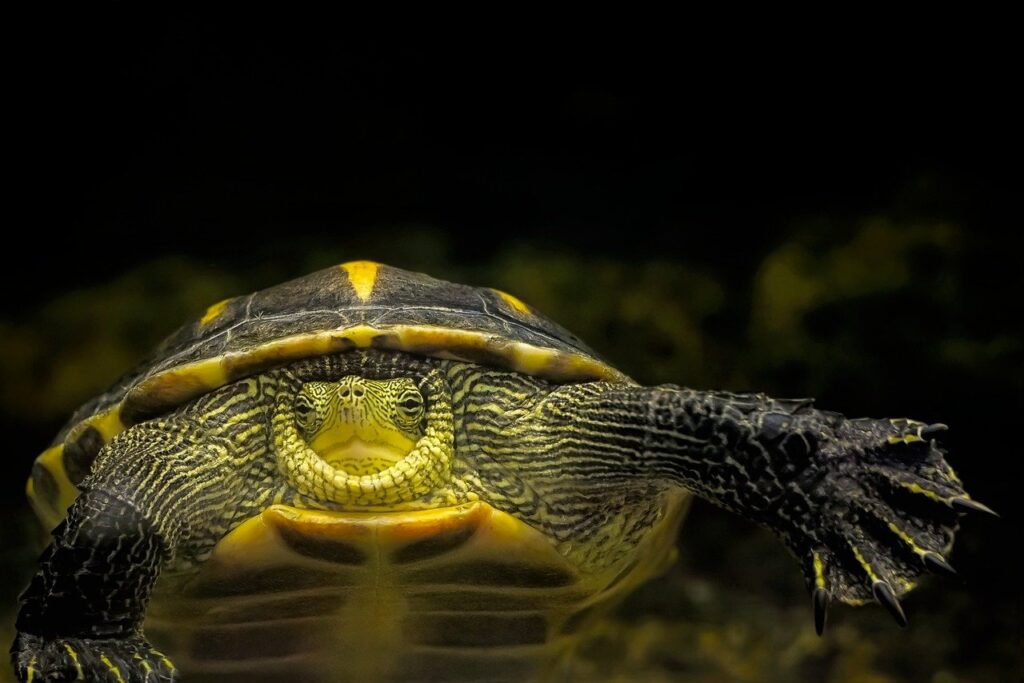
Behavior and Diet
Nocturnal Behavior
Alligator Snapping Turtles are primarily nocturnal, meaning they are most active during the night. When the sun sets, these turtles explore their habitat in search of food and potential mates.
Sedentary Nature
Although Alligator Snapping Turtles are excellent swimmers, they are generally sedentary creatures. They spend much of their time remaining motionless on the water’s bottom, using their powerful jaws and camouflaged appearance to ambush unsuspecting prey.
Omnivorous Diet
As opportunistic foragers, Alligator Snapping Turtles have an omnivorous diet. They feed on a wide range of animals, including fish, frogs, snakes, small mammals, birds, and even other turtles. They also consume vegetation, such as fruits and aquatic plants, making them adaptable to various food sources.
Hunting Techniques
To catch its prey, an Alligator Snapping Turtle will patiently lie in wait with its mouth open, using its worm-like lure to attract fish or other unsuspecting animals. Once an unsuspecting prey approaches, the turtle snaps its powerful jaws shut, capturing and devouring its meal.
Prey
From small fish to aquatic birds, the Alligator Snapping Turtle has quite a diverse palate. However, they prefer to hunt and eat fish, as their sharp beaks and strong jaws are well-suited for catching and consuming aquatic prey.
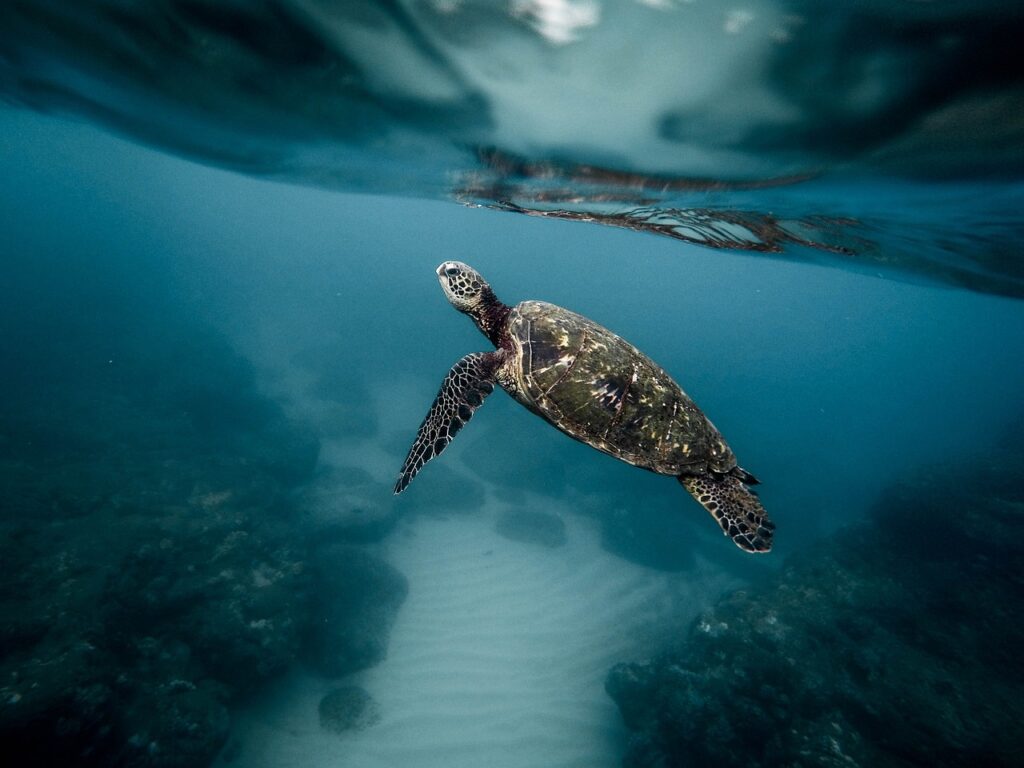
Life Cycle
Mating
Alligator Snapping Turtles reach sexual maturity between the ages of 11 and 13. During the mating season, which occurs in the spring, males search for receptive females. Courtship involves a series of behaviors, including the male gently biting the female’s head and shell, swimming alongside her, and making low-frequency vocalizations.
Nesting
After mating, females seek out sandy or loose soil along the water’s edge to lay their eggs. They dig a nest with their powerful rear legs and lay a clutch of 10 to 50 eggs, depending on their size and age. The nest is then covered, and the eggs are left to incubate.
Eggs
Alligator Snapping Turtle eggs are spherical and have a soft, leathery shell. The temperature at which the eggs are incubated determines the sex of the offspring. Higher temperatures typically produce females, while lower temperatures yield males.
Hatchlings
Incubation typically lasts 100 to 140 days, depending on environmental conditions. Once the eggs hatch, the young turtles must make their way to the water immediately. They face various challenges during this journey, including predators and harsh environmental conditions.
Growth and Development
Alligator Snapping Turtles are slow-growing reptiles, and it can take them many years to reach their full size. They have an exceptionally long lifespan, with some individuals living over 100 years. As they grow, their shell becomes more defined, and their features mature.
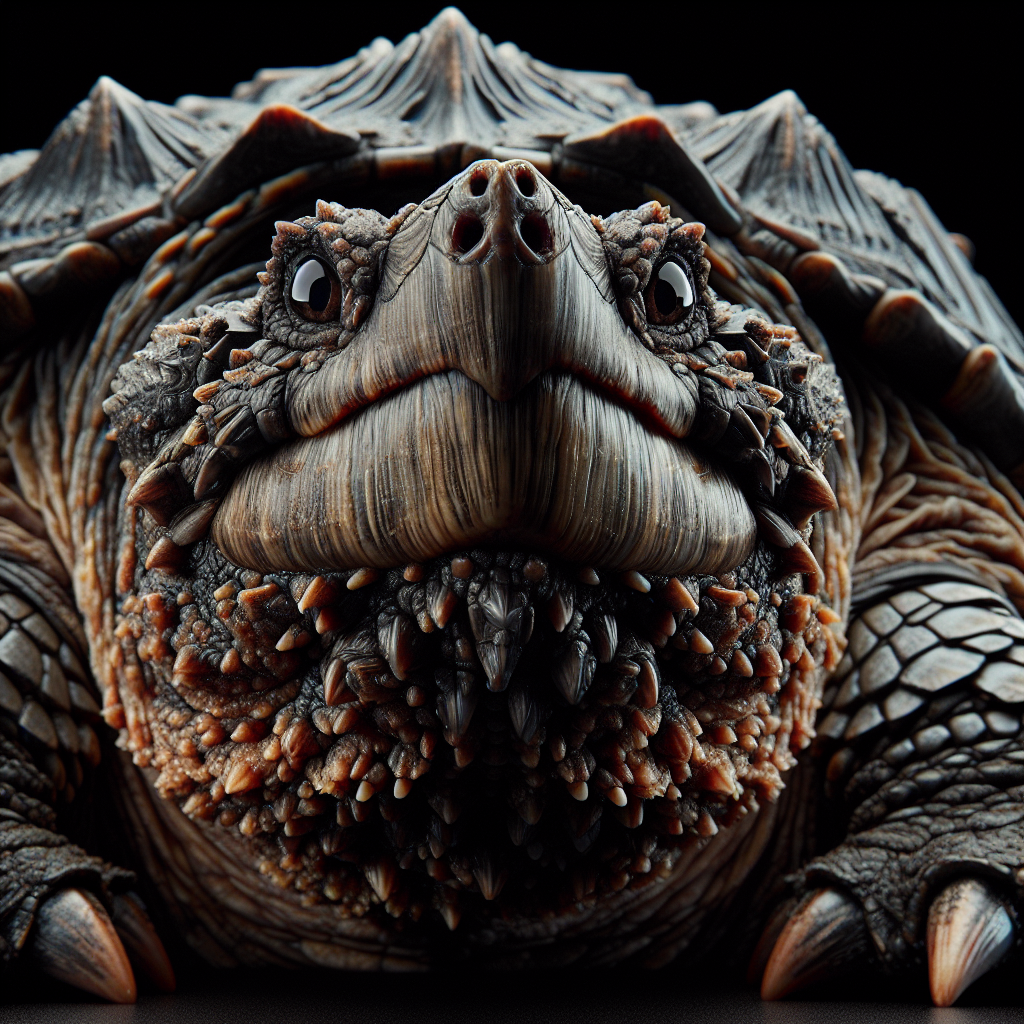
Conservation Status
Threats
The Alligator Snapping Turtle faces several threats to its survival. Habitat loss and degradation, due to factors such as urbanization and agriculture, pose significant risks. Additionally, capture for the pet trade and illegal hunting for their meat have also impacted their populations.
Legal Protection
Recognizing the need for conservation, Alligator Snapping Turtles are protected by law in many states. It is illegal to capture, harm, or disturb these turtles without the appropriate permits.
Conservation Efforts
Conservation efforts for the Alligator Snapping Turtle include habitat restoration and protection, public education about their importance, and breeding programs in captivity to help increase their numbers. Research and monitoring programs also play a crucial role in understanding their population dynamics and contributing to their conservation.

Interesting Facts
Ancient Species
Alligator Snapping Turtles are among the most ancient creatures still living today. Fossil records show that they have remained virtually unchanged for over 80 million years, making them a true living relic.
Longevity
With an average lifespan of around 50 years, Alligator Snapping Turtles are known for their exceptional longevity. There have been reports of individuals living well over a century, making them one of the longest-living turtles.
Weight and Strength
The Alligator Snapping Turtle is one of the heaviest turtle species in the world. Individuals can weigh up to 220 pounds, making them a formidable force in their aquatic habitats. Their strong jaws and bite force also contribute to their strength.
Camouflage Techniques
Alligator Snapping Turtles are masters of disguise. Their rough, textured shells and dark coloration help them blend into their surroundings, making them nearly invisible to predators and unsuspecting prey.
In conclusion, the Alligator Snapping Turtle showcases a remarkable physical appearance, with its distinctive features, large size, and unique adaptations. Its habitat and distribution range from freshwater habitats in the southeastern United States, where it can be found in various states but thrives in Louisiana, Mississippi, and Alabama. The turtle’s behavior and diet include nocturnal habits, sedentary nature, and an omnivorous diet, using their powerful jaws and camouflaged appearance for successful hunting. The life cycle of the Alligator Snapping Turtle involves mating, nesting, egg-laying, and the growth and development of hatchlings. Conservation efforts are crucial due to threats like habitat loss and illegal hunting, and their legal protection is recognized in many states. Finally, its interesting facts, such as its ancient origins, longevity, weight, strength, and camouflage techniques, make the Alligator Snapping Turtle an intriguing and vital part of our natural world.
